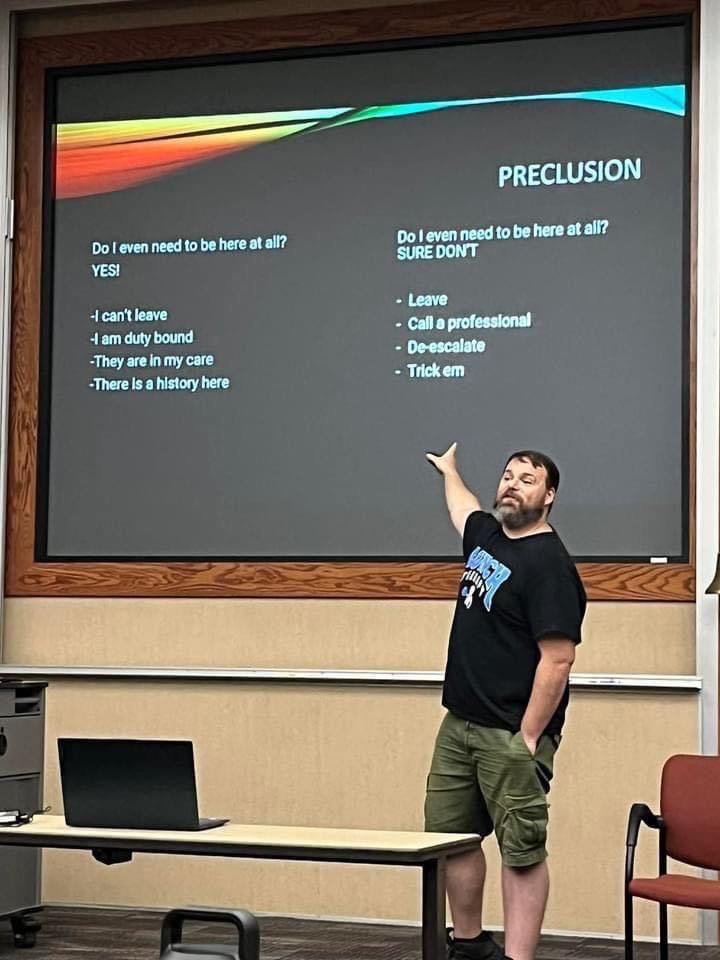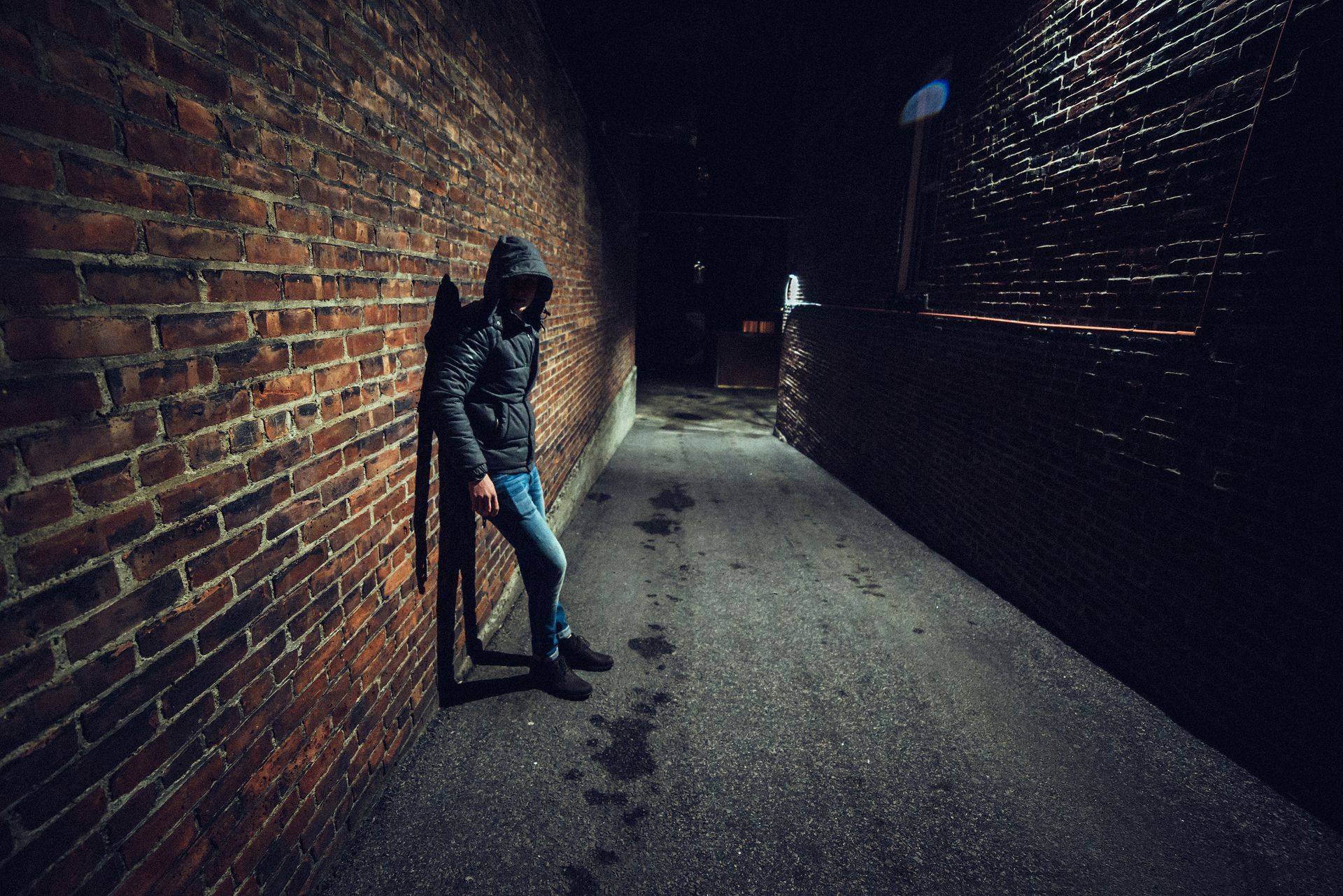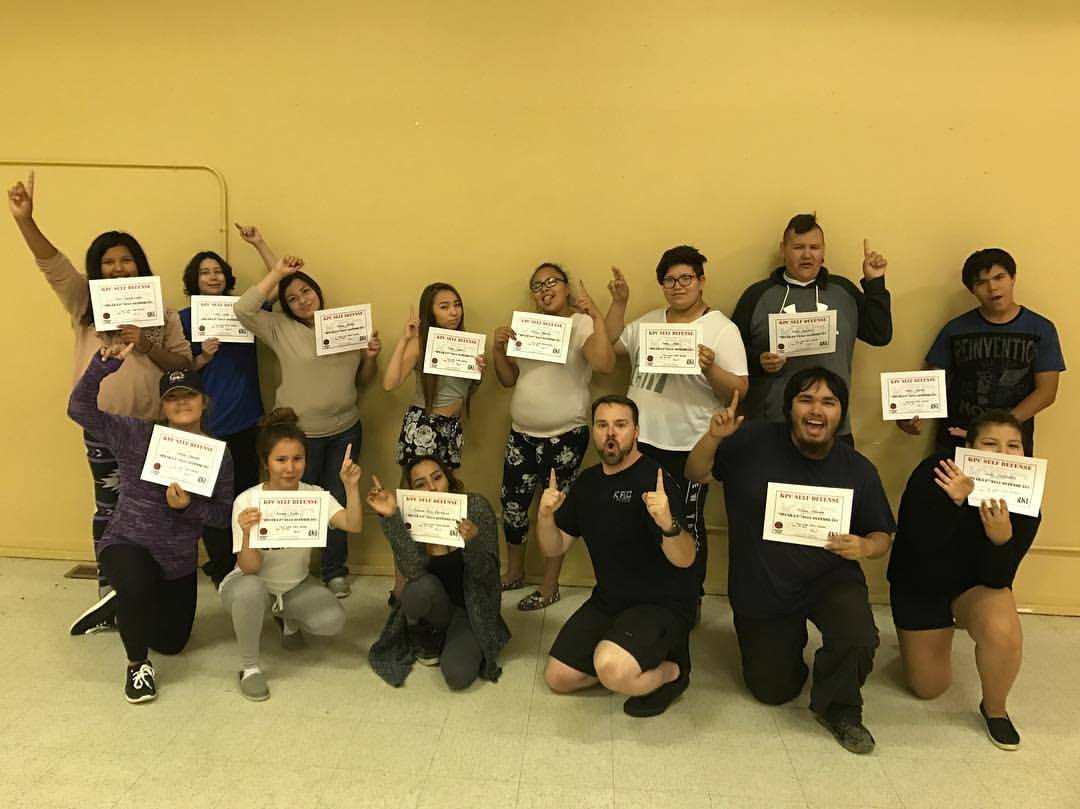Decoding Body Language: Elevate Your Self-Defense Game
Master the unspoken cues to stay ahead in any confrontation.

Hey folks, Randy King here. Let's dive into a crucial aspect of self-defense that's often overlooked: reading body language. Understanding non-verbal cues is a game-changer, allowing you to anticipate and navigate potential threats before they escalate. This concept aligns with the principles outlined in my upcoming book, Before, During, and After: The Timeline of Self Defence.
Why Body Language Matters in Self-Defense
Body language accounts for a significant portion of human communication. In high-stress situations, individuals may not verbalize their intentions, but their bodies often reveal their true feelings. Recognizing signs of aggression, discomfort, or deceit through body language enables you to assess situations accurately and make informed decisions.
Tip 1: Recognize Pre-Attack Indicators
Potential aggressors often exhibit specific physical cues before initiating an attack. Being aware of these pre-attack indicators can provide you with crucial moments to prepare or evade. Key signs include:
- Clenching Fists: Tightly clenched fists may signal readiness for a physical confrontation.
- Shifting Weight: Positioning weight onto the balls of the feet can indicate preparation to move quickly, either to strike or flee.
- Scanning the Environment: Repeatedly looking around may suggest the person is checking for witnesses or escape routes.
- Facial Tension: A tightened jaw, flared nostrils, or narrowed eyes can denote anger or determination.
By familiarizing yourself with these cues, you can detect potential threats early and take appropriate action, such as creating distance or seeking assistance.
Tip 2: Maintain Situational Awareness
Situational awareness involves being cognizant of your surroundings and the behaviors of those within it. This heightened state of awareness enables you to identify unusual or suspicious activities. To enhance situational awareness:
- Observe Baseline Behaviors: Understand the normal behaviors for a given environment. Deviations from this norm can be red flags.
- Use All Senses: While visual cues are vital, don't neglect auditory information. Sounds of escalating voices or sudden silence can be telling.
- Trust Your Instincts: If something feels off, it often is. Your subconscious can pick up on subtle cues that your conscious mind might miss.
Regularly practicing situational awareness helps you stay alert to potential dangers and respond swiftly when necessary.
Tip 3: Tailor Your Body Language to the Type of Threat
Understanding that aggressors often seek out individuals who appear vulnerable or inattentive is crucial. However, simply "projecting confidence" can be too general and may not be effective in all situations. It's essential to recognize that different types of violence—social (affective) and predatory—require distinct approaches, as what de-escalates one may escalate the other.
Social Violence:
This type of aggression is emotionally driven and often arises spontaneously in social interactions. In these situations, displaying overt confidence or dominance can sometimes escalate tensions. Instead, adopting a non-threatening demeanor can be more effective. Consider the following:
- Open Hand Gestures: Keep your hands visible and open to signal that you are not a threat.
- Calm Facial Expressions: Maintain a relaxed and neutral facial expression to avoid provoking further aggression.
- Controlled Movements: Avoid sudden or aggressive movements; instead, move slowly and deliberately to convey calmness.
Predatory Violence:
Predatory aggressors are more calculating, selecting victims based on perceived vulnerability. In these cases, projecting assertiveness can deter potential attacks. Specific behaviors that convey assertiveness include:
- Balanced and Coordinated Gait: Walk with a steady, purposeful stride, as predators may interpret uncoordinated movements as signs of vulnerability.
- Psychology Today
- Situational Awareness: Regularly scan your environment and make brief eye contact with those around you, demonstrating alertness.
- Confident Posture: Stand upright with shoulders back, and avoid slouching, to convey strength and self-assurance.
By adapting your body language to the specific context and type of potential threat, you can more effectively manage and de-escalate situations, enhancing your personal safety.
Integrating Body Language Skills into Training
To effectively incorporate body language reading into your self-defense repertoire, consider the following approaches:
- Scenario-Based Training: Engage in realistic simulations that require you to interpret and respond to non-verbal cues. This hands-on practice enhances your ability to read body language under pressure.
- Feedback and Reflection: After training sessions, discuss observations with partners or instructors to gain insights and improve your skills.
- Continuous Learning: Stay informed about the latest research and techniques in non-verbal communication to keep your skills sharp and relevant.
By actively integrating these practices into your training, you develop a more intuitive understanding of body language, which is crucial for effective self-defense.
Conclusion
Mastering the art of reading body language is an invaluable asset in self-defense. By recognizing pre-attack indicators, maintaining situational awareness, and projecting confident body language, you enhance your ability to prevent and respond to potential threats. Remember, the goal is not only to defend yourself physically but also to anticipate and avoid dangerous situations whenever possible.
For more comprehensive training and insights into self-defense strategies, visit Randy King Live.








